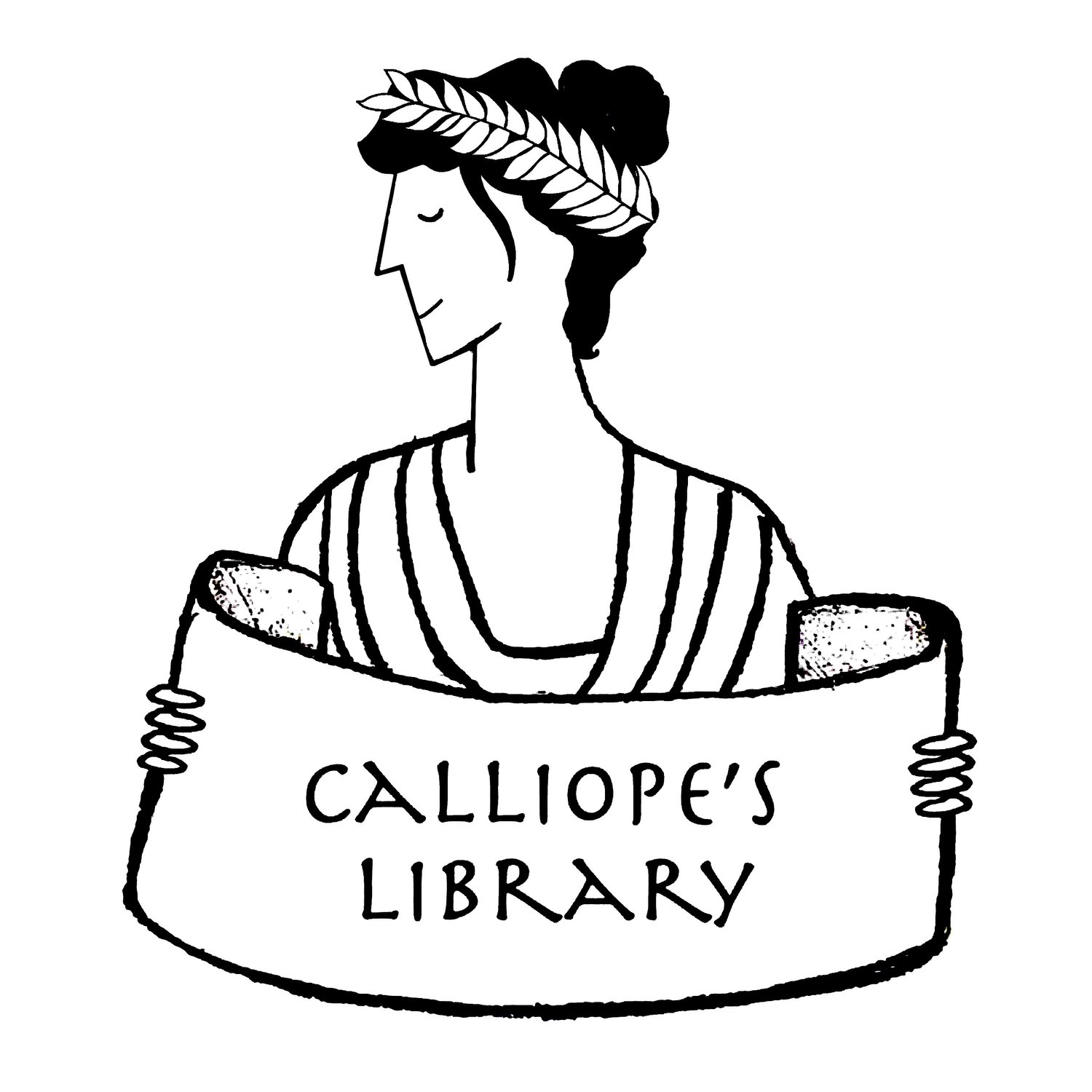Title: The Classical Cookbook
Author: Andrew Dalby and Sally Grainger
Date: 1996 (revised edition, 2012)
Tags: 14+, Ancient Civ, Books Written for Adults That Teens Love, Roman History, Cookbook
For the teenagers in your house who love to cook, this collection of recipes from the ancient Greek and Roman world (700 BC- AD 200) will occupy and intrigue. Remember that nourishing drink the captive woman prepared for Nestor in the Iliad? Well, get out your semolina and ricotta cheese, because you too can imbibe Kykeon! Looking for a delicious cheesecake recipe? Don’t worry: Cato has just the thing in his On Agriculture.
This book is divided into eight chapters, each based closely on Greek or Latin texts, with archeological evidence supporting the text. For the recipes, the authors provide the Greek or Roman text in translation that forms the basis of the recipe, followed by a discussion of the social and historical context of the dish. On the facing page, the authors provide an updated version of the recipe, modified to suit the modern kitchen.
Each chapter is a menu from a particular time period, with recipes rooted in particular texts. For instance, the chapter on “The Homecoming of Odysseus”, includes Kykeon, olive relish, Toronaean shark, roast lamb, chicken stuffed with olives, and for dessert, just what the doctor ordered: Galen’s pancakes with honey and sesame seeds from his On the Properties of Foods. The chapters are as follows: “The Homecoming of Odysseus”; the “Banquet of Philoxenus”; the “Markets of the Mediterranean”, “A Wedding Feast in Macedon”; “Cato’s Farm”; “The Wealth of the Empire”; “On Hadrian’s Wall”; and “Supper at the Baths”.
The book is a nice blend of text and archeology, with real world applications. The introduction explains how the authors recreated the recipes, including quantities and spice, as well as the design and functional elements of the Roman ancient kitchen. The introduction also includes photographs of ancient glassware and bowls, a detailed explanation of unfamiliar ingredients (including the intriguing “raisin wine”), as well a listing of ancient cheeses for the cheese enthusiast.
The production values of the book are very high. It is a glossy, sewn hardback, with copious photographs and illustrations. The Getty Press, which publishes the cookbook, is the publication branch of the Getty Museum, one of the great museums for antiquities in America. -Sarah Klitenic Wear


